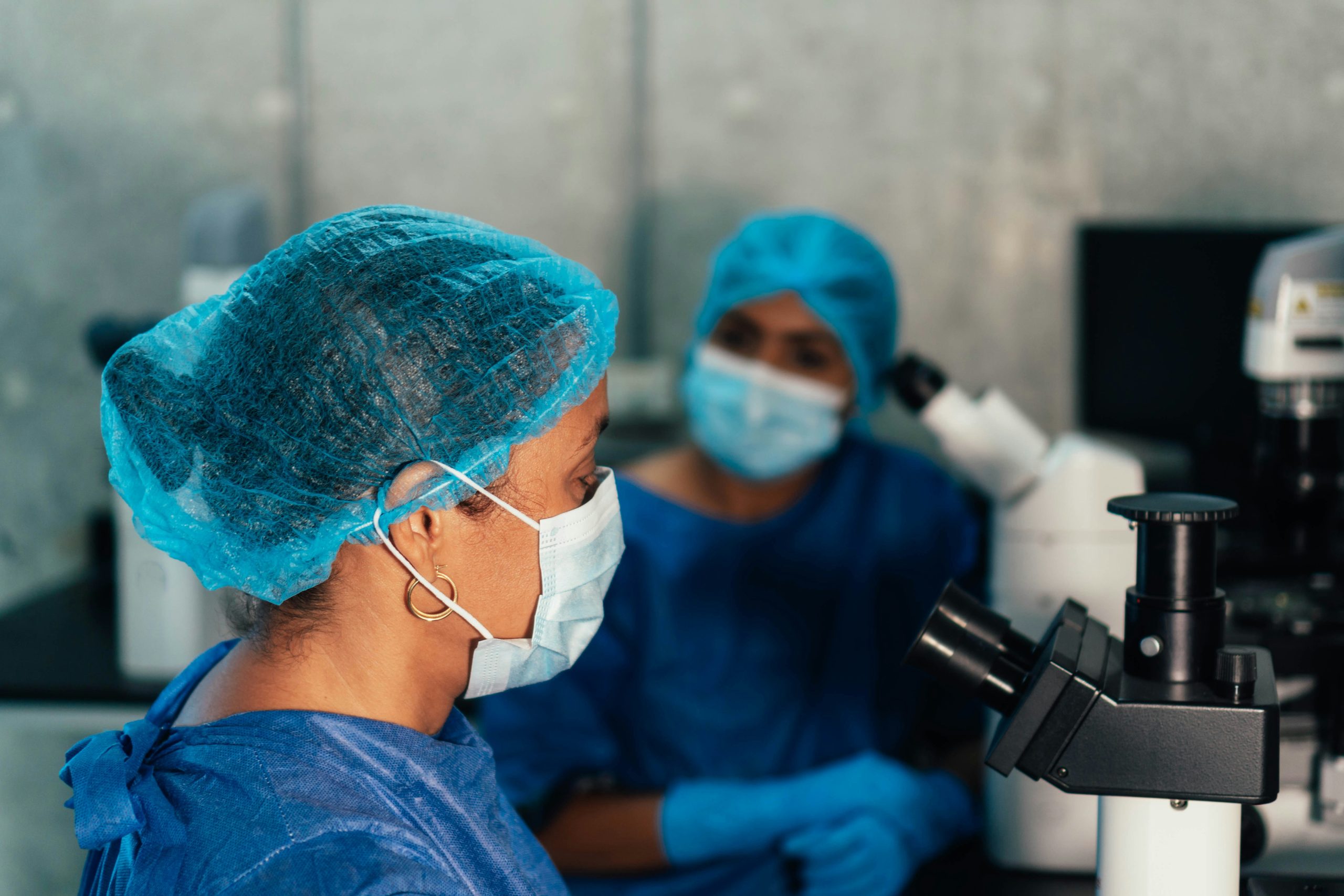How Advanced Technology Is Revolutionising Cataract Surgery
Cataract surgery, a life-changing procedure that restores vision, has been a cornerstone of modern ophthalmology for decades. Recent advances in technology, however, are redefining the boundaries of what is possible, offering greater precision, faster recovery times, and the potential to expand access to care in underserved regions.
From laser-assisted techniques to state-of-the-art intraocular lenses (IOLs), these innovations are transforming the way cataracts are diagnosed, treated, and managed globally.
While these technological advances are improving outcomes in urban centres and developed nations, their potential to address cataract blindness in developing countries and rural areas cannot be overstated. Work like that of Tej Kohli Foundation to end poverty driven blindness aims to tackle the leading cause of blindness worldwide, with millions of people in underserved regions lacking access to surgical care.
Laser-assisted surgery
One of the most significant advancements in cataract surgery is the advent of femtosecond laser-assisted cataract surgery (FLACS). Unlike traditional methods that rely on handheld surgical tools, FLACS uses high-frequency lasers to perform critical steps of the procedure with unparalleled accuracy. The laser makes precise incisions in the cornea and fragments the cloudy lens into tiny pieces, which can then be easily removed.
This level of precision minimises the risk of complications and leads to better visual outcomes for patients. Furthermore, laser technology allows surgeons to customise the procedure to the unique anatomy of each patient’s eye. This personalised approach has been particularly beneficial for individuals with complex conditions such as astigmatism, ensuring they achieve the best possible vision correction after surgery.
Advanced intraocular lenses
The development of advanced IOLs has also revolutionised cataract surgery. Traditionally, the replacement lens implanted during surgery could only correct vision at one focal length, often necessitating glasses for either near or distance vision. Today, multifocal and accommodating IOLs can correct vision at multiple distances, reducing or even eliminating the need for glasses.
Moreover, toric IOLs are designed to address astigmatism, providing patients with sharper, clearer vision. Newer light-adjustable lenses (LALs) take customisation a step further by allowing surgeons to fine-tune the lens power after implantation using UV light. These advancements not only enhance visual outcomes but also improve quality of life, giving patients more freedom in their day-to-day activities.
Digital imaging and artificial intelligence
Another game-changer in cataract surgery is the integration of digital imaging and artificial intelligence (AI) into preoperative planning and intraoperative guidance. Optical coherence tomography (OCT) and advanced imaging systems allow surgeons to map the eye’s internal structures in high detail. This data is then fed into AI algorithms that assist in planning the surgical approach, predicting outcomes, and even suggesting the ideal type of IOL for each patient.
In the operating room, real-time imaging systems and AI-driven tools help guide surgeons during the procedure, ensuring precise placement of incisions and lenses. This combination of human expertise and machine intelligence enhances the accuracy of the surgery and reduces the likelihood of postoperative complications.
Expanding access to care
Innovations like portable surgical units, hand-held diagnostic devices, and low-cost, high-quality IOLs are helping bridge this gap. For example, mobile femtosecond laser systems and compact phacoemulsification machines are making it possible to deliver advanced cataract surgery in remote locations. These technologies are lightweight, energy-efficient, and designed to operate in challenging environments, such as areas with limited electricity or sterile facilities.
Telemedicine is another tool transforming cataract care in underserved areas. Remote consultations and AI-driven diagnostics enable healthcare professionals in rural regions to connect with specialists in urban centres. This ensures that patients receive accurate diagnoses and appropriate referrals for surgery, even when they are far from a traditional hospital.
Future prospects
As technology continues to evolve, the future of cataract surgery holds even more promise. Innovations such as robotic-assisted surgery, smart IOLs that can automatically adjust focus, and the use of augmented reality for surgical training are on the horizon. These advancements will not only improve surgical precision and outcomes but also enhance the training of ophthalmologists, ensuring that high-quality care is available globally.
Moreover, ongoing research into gene therapy and regenerative medicine could one day make it possible to prevent cataracts altogether or restore the natural lens’ functionality without the need for surgery. While these breakthroughs are still in their infancy, they represent an exciting frontier in the fight against cataract blindness.
Advanced technology is reshaping every aspect of cataract surgery, from preoperative planning to postoperative outcomes. Innovations like femtosecond lasers, multifocal IOLs, AI-driven tools, and portable surgical systems are setting new standards for precision, safety, and accessibility. Perhaps mostimportantly, these technologies are making it possible to deliver life-changing surgery to those who need it most, whether in bustling urban centres or the remotest corners of the globe.
By continuing to invest in these advancements and ensuring their equitable distribution, we can move closer to a world where cataract blindness is a thing of the past, and everyone has the opportunity to see life with clarity once again.

